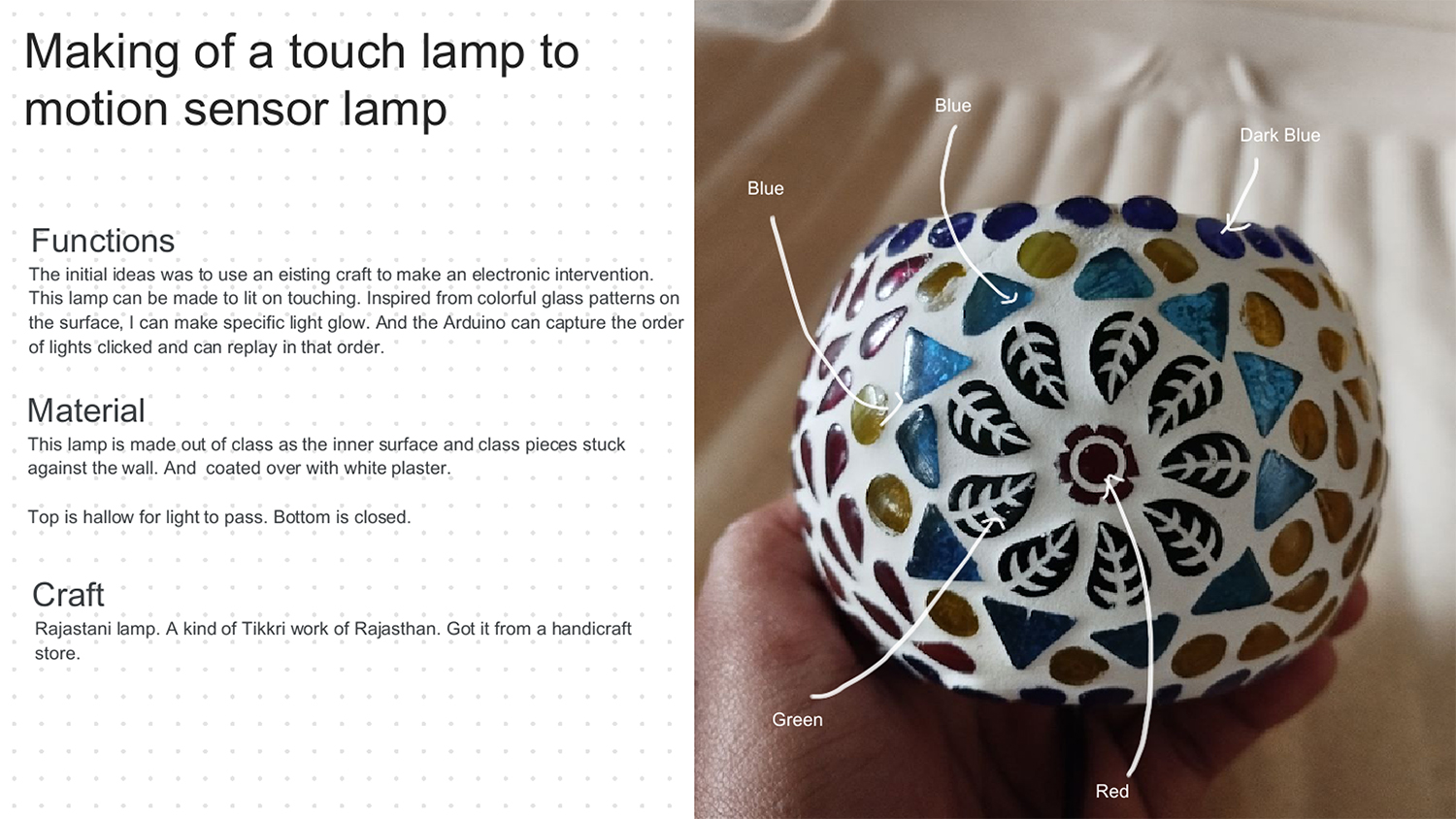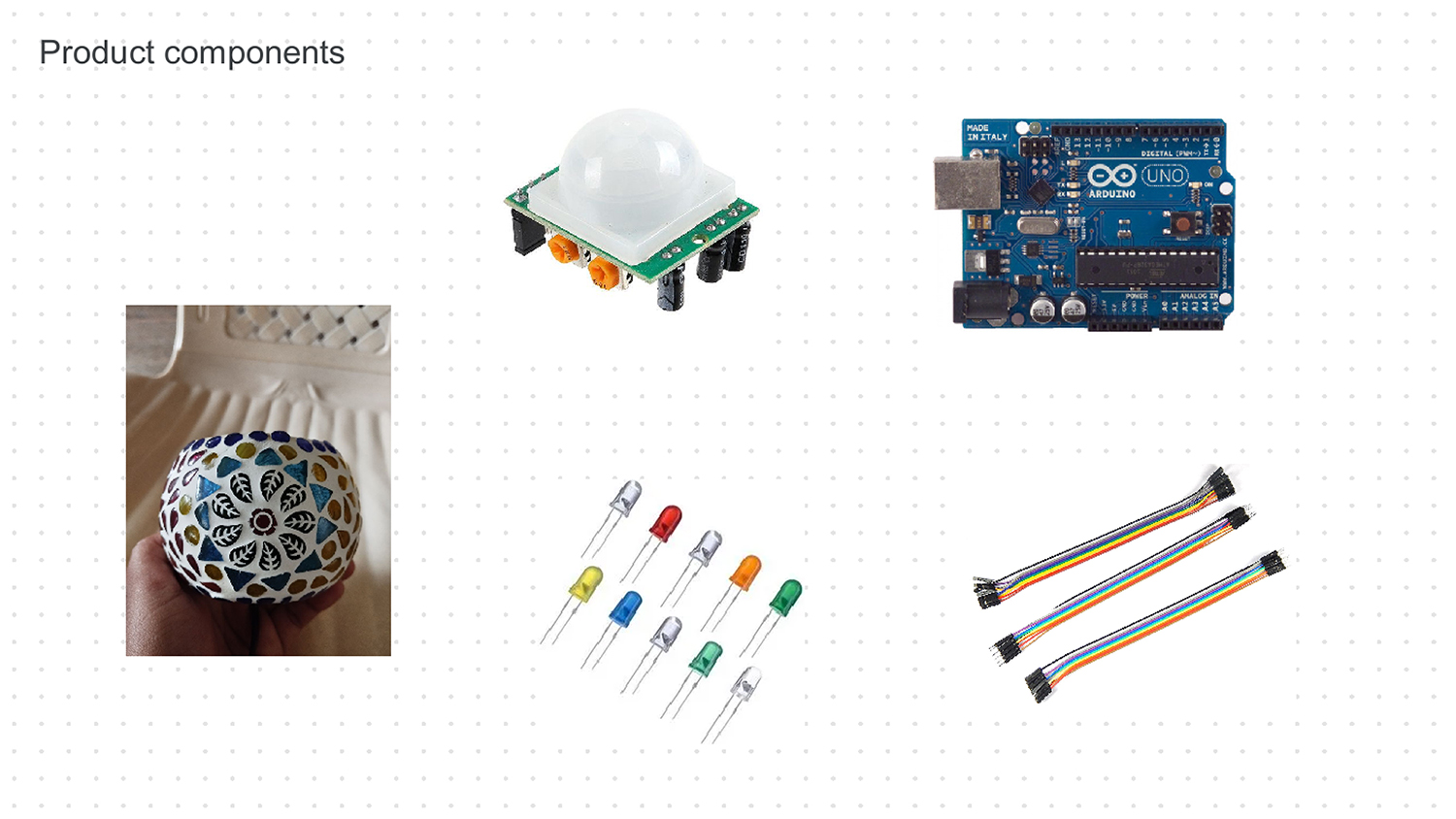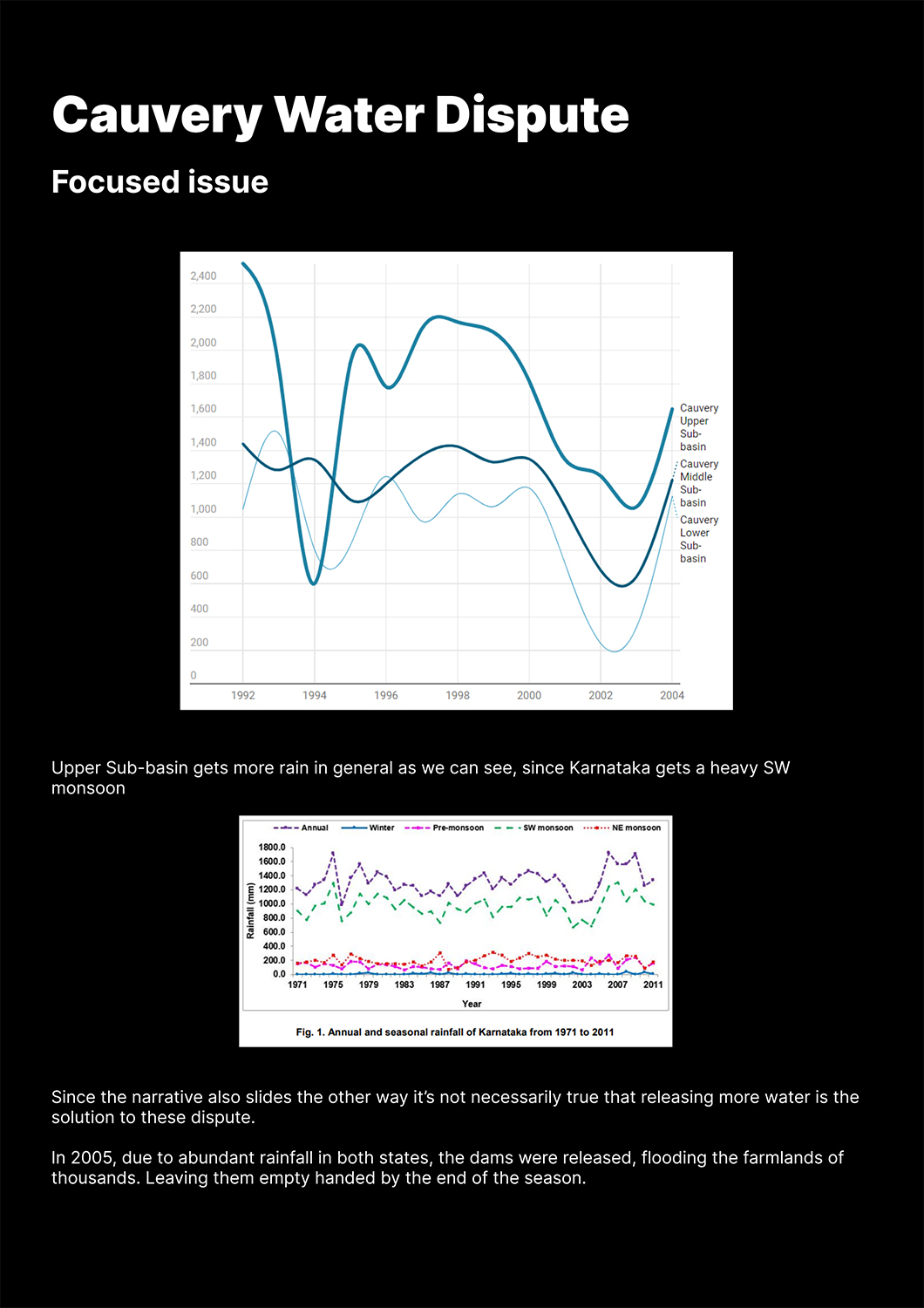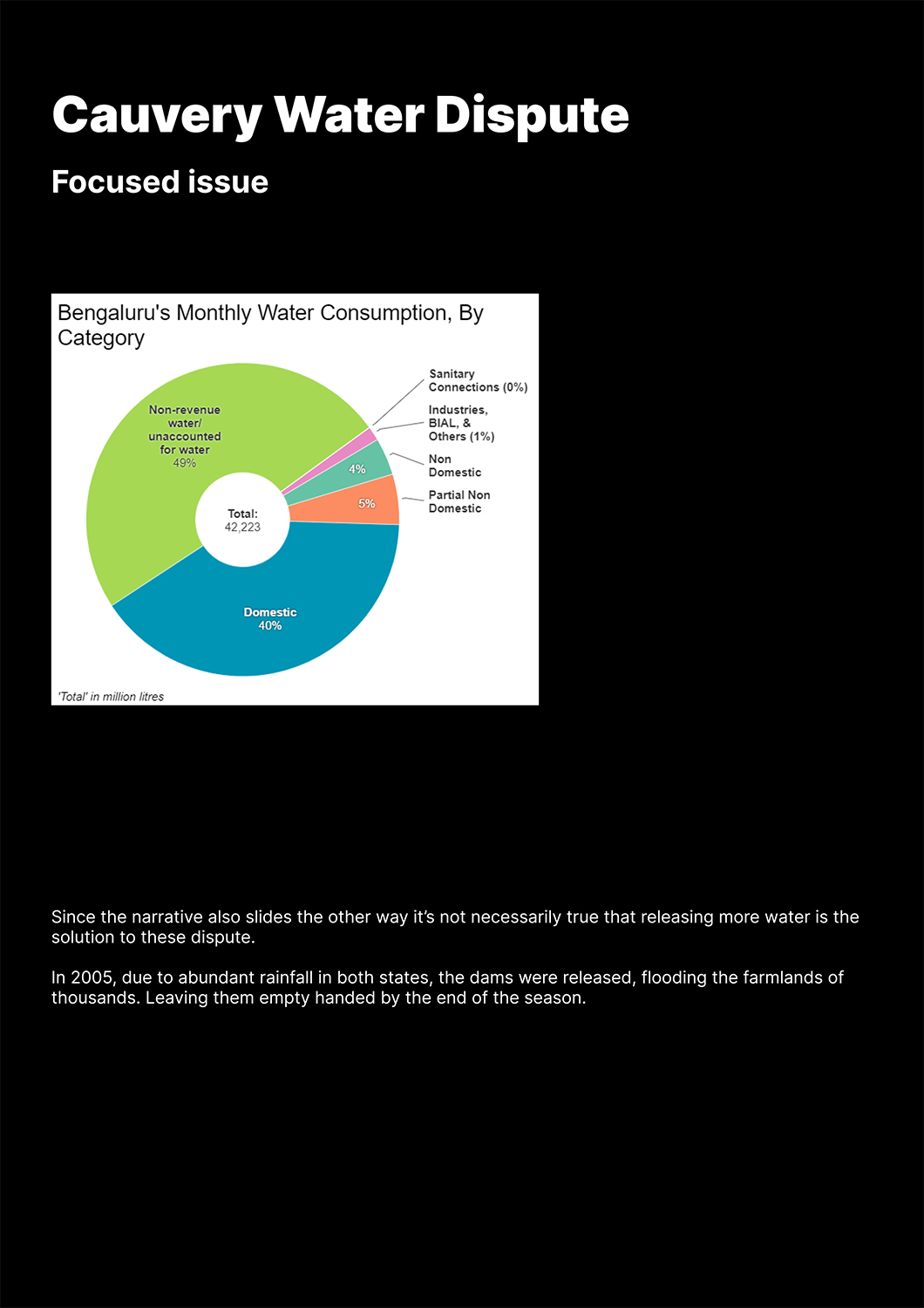Creative and Applied Computation
ABOUT THE PROGRAM
The Bachelor of Design in Creative and Applied Computation (CAC) course equips students with the design and algorithmic thinking skills necessary to create digital and physical objects that satisfy human needs ethically and meaningfully. You will work with various technologies, including those still evolving and experimental, and explore design possibilities, from functional and practical solutions to more imaginative and creative approaches. Upon graduation, you will be prepared to enter various fields, including interactive visual design, exhibit and installation creation, smart object development, data visualization, and media production in the gaming and entertainment industry.
VISION
Creative processes have always manipulated materials to make artefacts useful, engaging and beautiful. Extending the notion of material to include intangible things such as computation leads to very different types of objects – those that have behaviour and interact in new ways. While the underlying computational principles remain constant, the form that objects that are built using computation as an ingredient covers a wide spectrum including installations that interact, toys that intrigue and puzzle, apps that react based on the user, health products that talk to an expert system and narratives that evolve.
As machine learning and artificial intelligence appears in an increasing number of situations, there is an urgent need to have professionals who understand both the human and the technological – Creative practitioners who build digital and physical objects that satisfy human needs in ways that are both ethical and meaningful.
Building such objects requires both design as well as algorithmic thinking. It requires working with technologies that are still evolving, often experimental and which require tinkering to learn and develop with. It requires the ability to deal with a knowledge landscape that is dynamic and changes fast. A recent example of this is the blockchain which began as a niche technology, but is now being used to sign “digital artefacts” of various kinds; these artefacts range from those with financial and security implications to digital artworks.
Practitioners can seek to position themselves in spaces that range from functional and useful to whimsical or enlightened.
COURSE STRUCTURE
The curriculum comprises of different ways of learning as follows:
- Foundation introduces students to basic principles and tools of Art, Design and Technology as methods, tools and processes. Read more >>
- Disciplinary Studios are learning spaces where students develop core disciplinary capabilities, while navigating a trans-disciplinary environment
- General Studies is a common and compulsory programme of study that integrates Humanities, Sciences, Maths, business and finance. Development and Policy Studies and also offers Languages (Spanish, French and German) Read more >>
- Interim is an immersive introduction to practice in new and emerging areas of art and design and environmental exposure
- Electives are of three kinds – this program allows students to expand their skills, develop the interests as well as provide opportunities for travel exchange
- Internship/Apprenticeship is compulsory work experience done over the summer-break between the 6th and 7th semester
- Project based learning involves the application and synthesis of capabilities acquired. Two projects, pre-thesis and thesis, is culmination of the 4-year undergraduate program, which allows for demonstration of an integration of values, positions, capabilities and practice. Read more >>
LEARNING APPROACH
In the Creative and Applied Computation program, you will develop practical skills through hands-on and experiential learning by making and exploring. You will build analytical abilities through mathematical and algorithmic approaches, data contextualization, and interdisciplinary tools and applications. You will learn to utilize and explore new technologies, languages, and libraries and combine the physical and digital using hardware and code. The program emphasizes staying current on emerging technologies and frameworks, encouraging the customization and extension of tools to execute specialized tasks. Throughout the course, you will apply computation in diverse contexts, using practical testing to ensure success and add insight and value.
CAPABILITIES
Upon successful completion of this course graduates will have developed the following capabilities:
- Identify ways in which processes can be represented using parameters and manipulate these algorithmically using computational tools.
- Learn emerging technologies and frameworks using online resources and documentation, and use them to build applications.
- Manipulate and represent media and data to gain insights into their structure.
- Build, customize or extend tools to execute specialized tasks.
- Combine the physical and digital using hardware and code to make objects capable of communicating and behaving in new ways.
- Apply computation in diverse contexts to add insight and value.
- Verify by testing that applications work as intended and find cases that they may fail in.
FAQs
What is Creative and Applied Computation?
The Creative and Applied Computation program teaches design and algorithmic skills to create digital and physical objects that meet human needs. It covers a range of technologies and design possibilities and prepares graduates for various careers through hands-on and experiential learning, mathematical and algorithmic approaches, data contextualization, and interdisciplinary tools and applications.
Is this course suitable for me?
This course is suitable for individuals who are interested in working with emerging and experimental technologies and wish to pursue careers in fields such as interactive visual design, exhibit and installation creation, smart object development, data visualization, and media production in the gaming and entertainment industry.
What opportunities do I have after completing this course?
Graduates of the Bachelors of Design in Creative and Applied Computation will be equipped to work in the following areas:
- Build interactive and dynamic communication into visual materials.
- Design and build exhibits/installations incorporating interactivity in the education/exhibition sector.
- Integrate products with systems to build smart objects in companies working in IoT in various sectors.
- Manipulate data in data-rich situations to make visualisations that could be real-time and interactive.
- Work computationally with media of various kinds in gaming and entertainment based enterprises.







